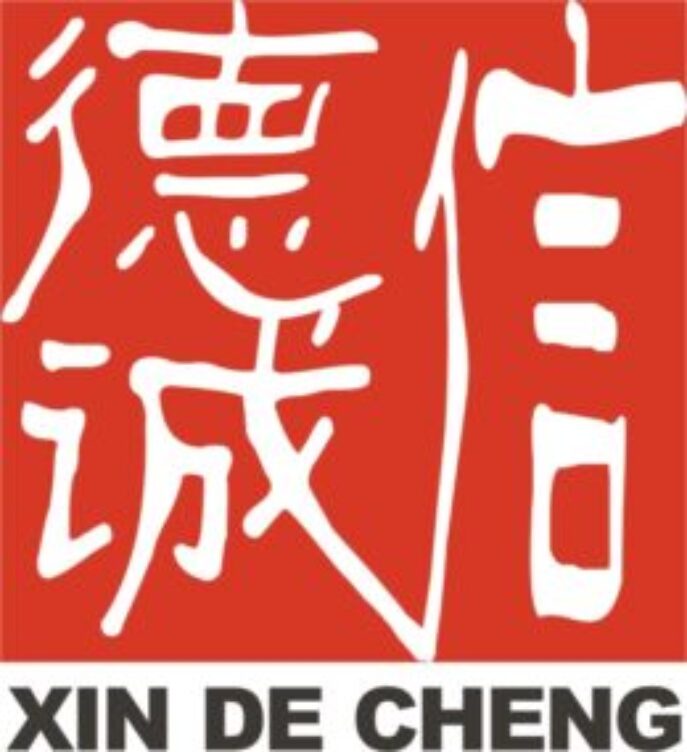Primer and Corona Treatment
Home>>Blog>>Product Info>>Primer and Corona Treatment
HP Indigo industrial presses can print on a wide variety of substrates including paper, polyethylene, polypropylene, polyester, PVC, polycarbonate, etc. to facilitate ink transfer and adhesion a connecting “primer” layer is mandatory.
Print quality is affected by a combination of factors including press settings, ink and substrates. Substrate surface and construction may vary from supplier to supplier. The following substrates-related properties can affect print quality:
- Substrate thickness: Consistent thickness will ensure consistent print quality.
- Surface texture: the smoothness or roughness of the substrate surface (e.g. embossed, structured, uncoated substrates, etc.) For rougher substrates, more primer may need to be applied to achieve good ink transfer and adhesion. Increasing the wet applied weight will ensure that all areas of the rough surface are primed.
- Surface energy and chemistry: Testing the surface energy of non-absorbent surfaces is common practice when priming, varnishing, laminating or printing plastic films. Surface energy is measured in dynes. The higher the dyne level, the higher the surface energy. For water-based primers, a minimum surface energy of 38 dynes is required for wetting the substrate surface. In addition, the correct primer must be used for each substrate.
- Corona treatment: HP Indigo highly recommends the use of corona treatment for the effective production of Indigo digitally printed labels, packaging films and plastic products. Raising the surface energy of a substrate improves wetting and primer adhesion. It broadens the operating window of material performance which improves both primer to substrate and varnish to ink adhesion properties. In corona treatment, the substrate surface is bombarded with electrons to raise the dyne level. The minimum recommended level is 38 dynes.
- Surface cleaning: The use of substrate –surface cleaners removes dust and particulates and may neutralize electrostatic charge which may improve priming quality.
- Top coated substrates: Some off-the-shelf substrates are top-coated, mainly for use with flexo-machines. Some top-coated substrates may be incompatible with primers. In this case, it is recommended to purchase non top-coated substrates.
- Environment, substrate handling and storage: Good ink transfer and adhesion to the substrate is essential to maintain print quality.
A primer is a solution that is applied to the substrate surface prior to printing ensuring optimum ink transfer and adhesion. Applying primer onto substrates is a perfect way of substrate optimization.
